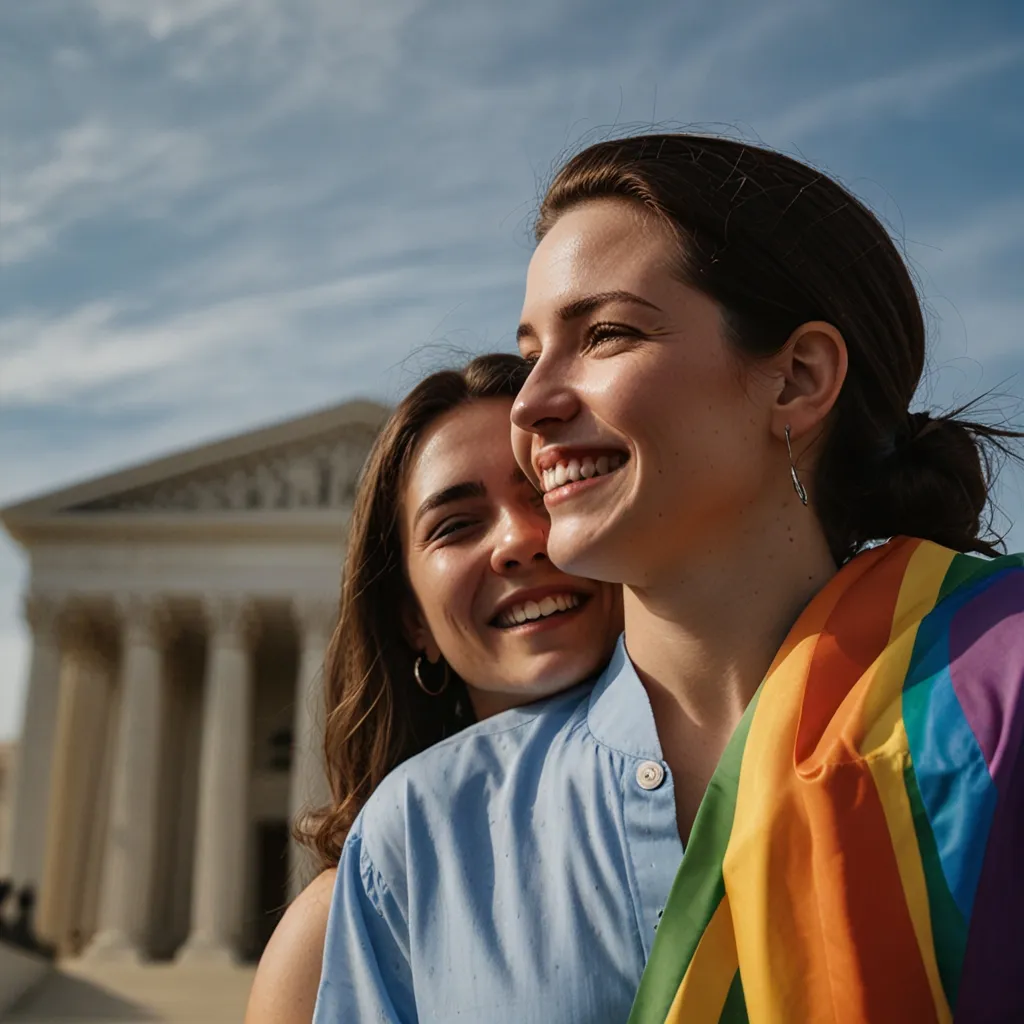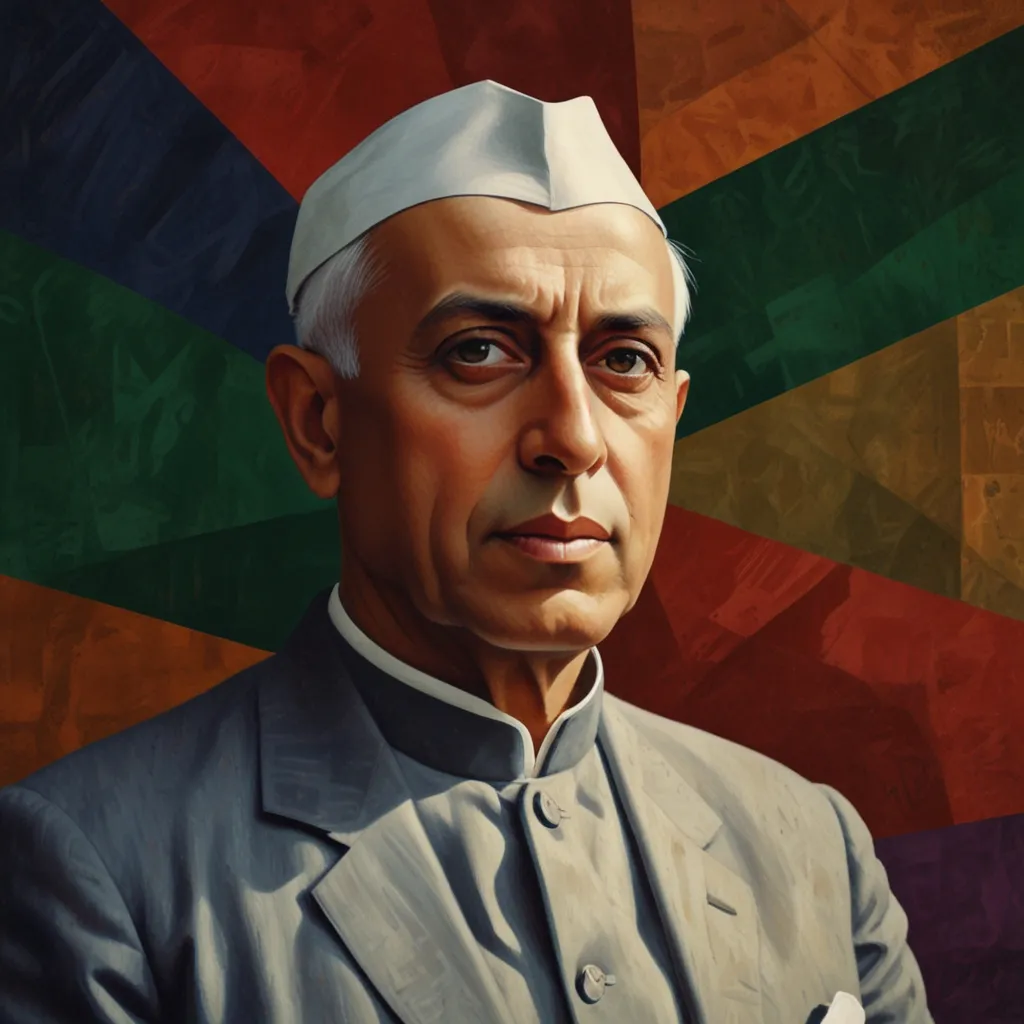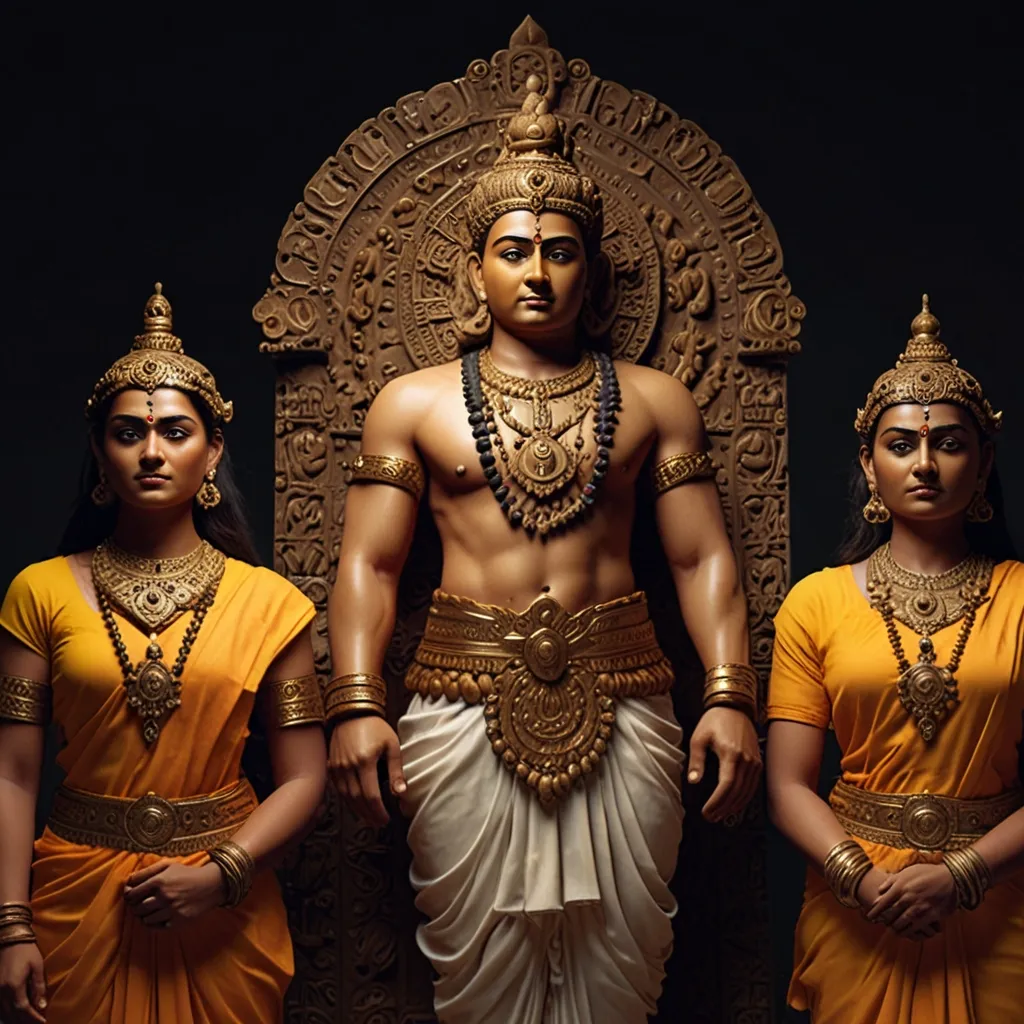In the United States, the journey to legalizing same-sex marriage was a long and winding road. It took decades of advocacy, legal battles, and societal shifts to reach the milestone where same-sex couples could legally marry across the country. The first state to take this historic step was Massachusetts.
In 2003, Massachusetts became the first state to legalize same-sex marriage. This groundbreaking decision came after a court ruling that found the state’s ban on same-sex marriage unconstitutional. The ruling was a significant victory for LGBTQ+ rights, but it also sparked a wave of opposition and legal challenges.
The movement for same-sex marriage began to gain momentum in the 1990s. Civil unions and domestic partnerships were introduced in several states, offering some legal protections to same-sex couples, but these measures were often criticized for creating a “separate but equal” standard. The federal government’s Defense of Marriage Act (DOMA), signed into law in 1996, defined marriage as between a man and a woman, further complicating the legal landscape.
The early 2000s saw a series of legal battles and political maneuvers. In 2003, the Supreme Court struck down sodomy laws in the Lawrence v. Texas case, which was seen as a major victory for LGBTQ+ rights. However, President Bush announced his opposition to same-sex marriage, and the House introduced a constitutional amendment to define marriage as between a man and a woman.
Despite these challenges, support for same-sex marriage continued to grow. In 2008, California briefly legalized same-sex marriage, only to have it overturned by Proposition 8, a ballot initiative that defined marriage as between a man and a woman. This setback did not deter advocates, who continued to push for marriage equality through legal and political means.
A turning point came in 2013 when the Supreme Court made two key decisions. In Hollingsworth v. Perry, the court ruled that Proposition 8 lacked legal standing, effectively reinstating same-sex marriage in California. In United States v. Windsor, the court deemed DOMA unconstitutional, paving the way for full marriage equality.
The final push for nationwide marriage equality culminated in the Supreme Court’s decision in Obergefell v. Hodges on June 26, 2015. In a landmark 5-4 decision, the court ruled that same-sex couples had the right to marry in all 50 states. This ruling marked a significant milestone in the fight for LGBTQ+ rights, ensuring that same-sex couples could enjoy the same legal protections and benefits as heterosexual couples.
The journey to marriage equality was not just about legal victories; it was also about changing hearts and minds. Advocacy groups like the Human Rights Campaign (HRC) played a crucial role in mobilizing public support and lobbying for legislative changes. HRC’s efforts included launching large-scale campaigns, working with coalitions, and engaging in grassroots activism to build a broad base of support for marriage equality.
In the years leading up to the Obergefell decision, several states legalized same-sex marriage through court rulings, legislative actions, or popular votes. Maine, Maryland, and Washington became the first states to legalize same-sex marriage through popular vote in 2012. Other states followed suit, gradually increasing the number of places where same-sex couples could legally marry.
The fight for marriage equality was not without its challenges. Many states had constitutional amendments banning same-sex marriage, and there were fierce legal battles in the courts. However, the tide of public opinion was shifting. By the time the Supreme Court made its decision in Obergefell v. Hodges, a majority of Americans supported same-sex marriage.
Today, same-sex marriage is legal across the United States, a testament to the power of advocacy and the evolving understanding of human rights. The journey was long and arduous, but it ultimately led to a more inclusive and equitable society for all.






